Rising Energy Costs
The Tank Insulation Market is experiencing a notable surge in demand due to rising energy costs. As energy prices continue to escalate, industries are increasingly seeking efficient insulation solutions to minimize heat loss and enhance energy conservation. Insulated tanks can significantly reduce energy consumption, leading to lower operational costs. According to recent data, facilities that implement effective tank insulation can achieve energy savings of up to 30%. This trend is particularly evident in sectors such as oil and gas, where maintaining temperature is crucial for operational efficiency. Consequently, the focus on reducing energy expenditures is driving investments in advanced insulation materials and technologies, thereby propelling the growth of the Tank Insulation Market.
Environmental Regulations
The Tank Insulation Market is significantly influenced by stringent environmental regulations aimed at reducing greenhouse gas emissions. Governments worldwide are implementing policies that mandate the use of energy-efficient technologies, including advanced insulation systems for tanks. These regulations often require industries to adopt practices that minimize energy consumption and enhance sustainability. For example, the implementation of the Energy Efficiency Directive in various regions has led to increased scrutiny of industrial processes, pushing companies to invest in better insulation solutions. As a result, the Tank Insulation Market is likely to see a rise in demand for eco-friendly insulation materials that comply with these regulations, fostering a more sustainable industrial landscape.
Technological Innovations
The Tank Insulation Market is benefiting from rapid technological innovations that enhance insulation performance and efficiency. Advances in materials science have led to the development of high-performance insulation products that offer superior thermal resistance and durability. Innovations such as vacuum insulation panels and aerogel-based materials are gaining traction, providing industries with effective solutions to combat heat loss. These technologies not only improve energy efficiency but also contribute to the longevity of storage tanks. As industries increasingly prioritize operational efficiency, the adoption of these cutting-edge insulation technologies is expected to drive growth in the Tank Insulation Market, creating opportunities for manufacturers and suppliers.
Increased Industrialization
The Tank Insulation Market is poised for growth as industrialization accelerates across various sectors. The expansion of manufacturing, chemical processing, and energy production facilities necessitates the use of insulated tanks to ensure optimal temperature control and process efficiency. As industries scale up operations, the demand for reliable tank insulation solutions becomes paramount. For instance, the chemical industry, which is projected to grow at a compound annual growth rate of 4.5%, relies heavily on insulated tanks to maintain the integrity of temperature-sensitive materials. This industrial growth not only drives the need for insulation but also encourages innovation in insulation technologies, further enhancing the Tank Insulation Market.
Growing Demand for Energy Efficiency
The Tank Insulation Market is witnessing a growing demand for energy efficiency across various sectors. As organizations strive to reduce their carbon footprint and operational costs, the focus on energy-efficient solutions has intensified. Insulated tanks play a crucial role in achieving these objectives by minimizing heat loss and maintaining optimal temperatures for stored materials. Recent studies indicate that industries implementing effective tank insulation can reduce energy consumption by up to 25%. This trend is particularly pronounced in sectors such as food and beverage, where temperature control is vital for product quality. Consequently, the emphasis on energy efficiency is driving investments in the Tank Insulation Market, as companies seek to enhance their sustainability initiatives.


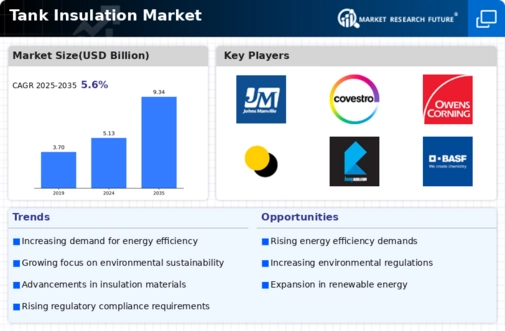
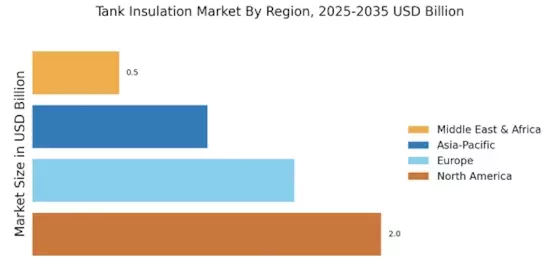

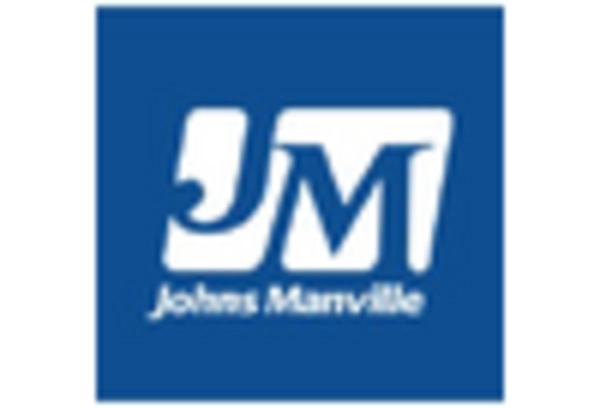
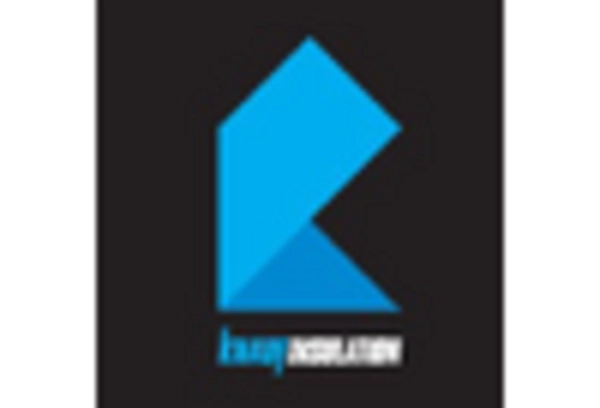
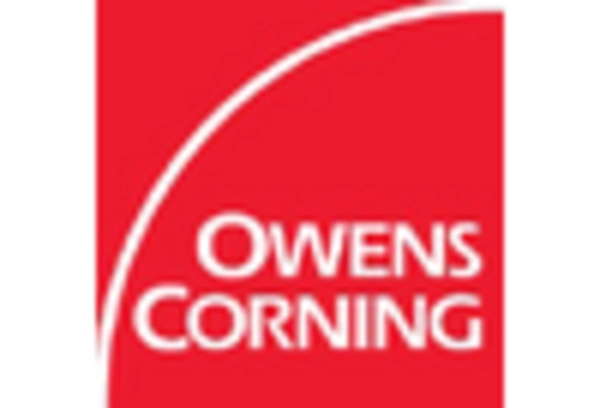
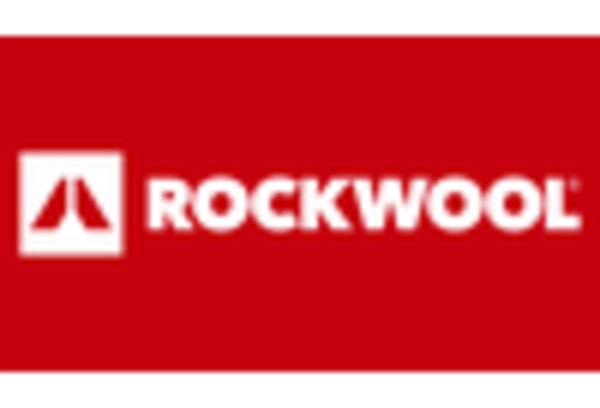









Leave a Comment